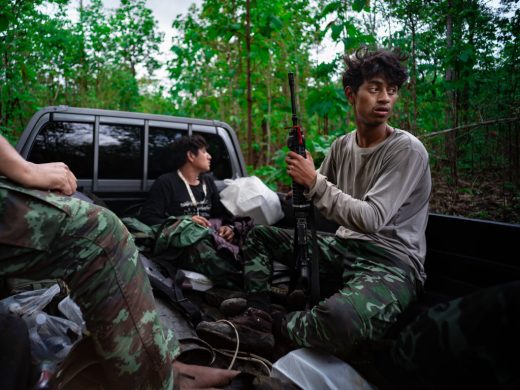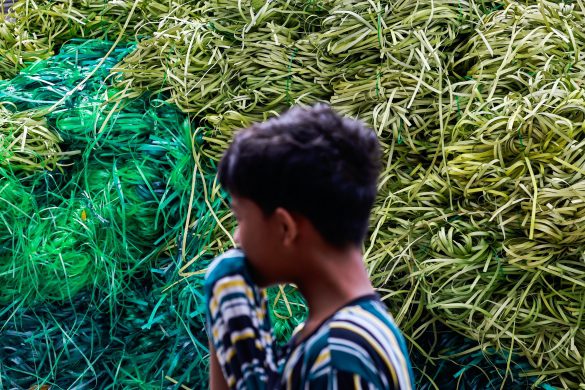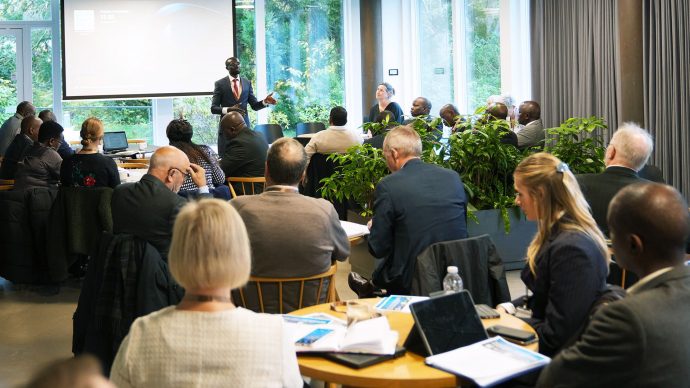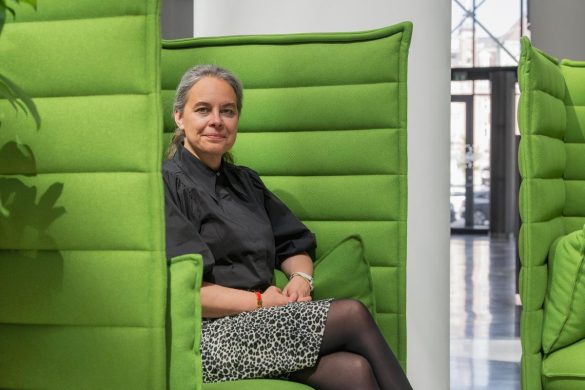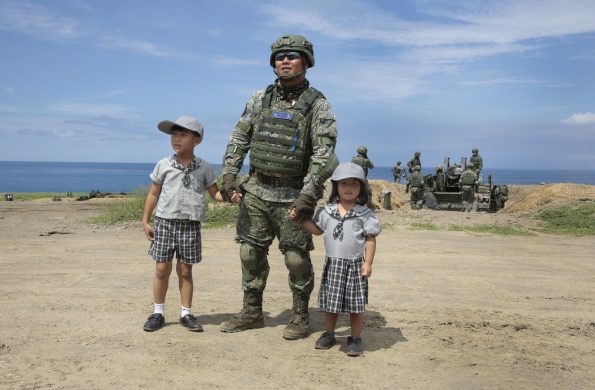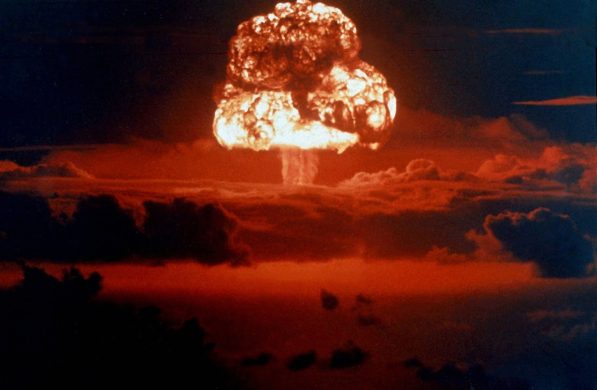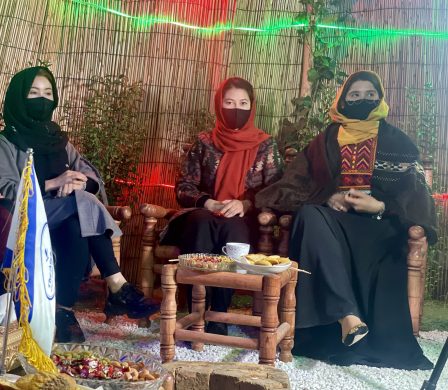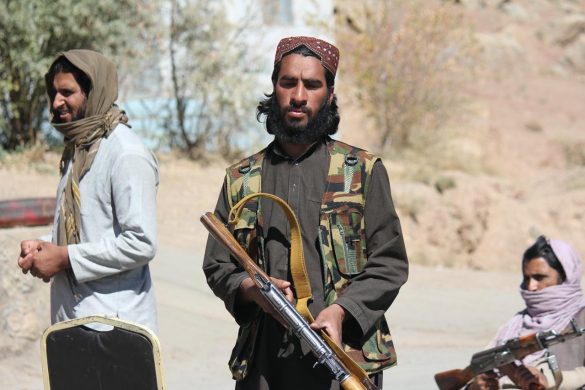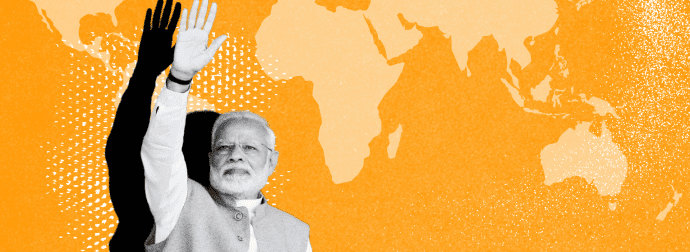Palau ude i verdens største hav er et turistparadis, men også et potentielt fremtidigt mareridt i et klimaperspektiv – for øerne trues af det stigende hav og eksperter siger, at tiden er ved at rinde ud for ø-boerne, medmindre klodens største udledere af drivhusgasser ændrer signaler.
KOROR, PALAU, 3 February 2014 (IRIN): A Russian film crew arrived in Palau at the end of 2013 to shoot the reality show ‘Octpob’ on one of the archipelago’s more than 500 islands.
The show leaves contestants (deltagerne /modstanderne) in isolated locales with limited water and food to test their survival skills. In 2004, the US version of the show, Survivor, was also shot in Palau.
Palauans welcomed the TV crew and its glittering cast of celebrities – it did, after all, bring in much-needed revenue.
But the situation presented an uncomfortable irony:
While Russian and American contestants have tested their survival abilities in Palau, Russia and the US have adopted strong positions at the UN Framework Convention for Climate Change (UNFCCC = klimakonferencerne COOP) talks, which could threaten Palau’s own chances of surviving as sea levels rise.
A small vulnerable island nation
The UNFCCC talks aim to come up with a treaty that assigns responsibility for reducing greenhouse gas emissions and for the provision financial and technical support to vulnerable countries, like Palau, that have not contributed to global warming.
The talks have met resistance from the developed world and emerging economies like China and India, which say they are not responsible for past emissions and should not be held accountable for emissions in the future.
Time is running out for low-lying islands like Palau.
The Asian Development Bank (ADB) said in a recent assessment, “if the world were to stay on the current fossil-fuel intensive growth model” dealing with the impact of changing climate in 14 of the Pacific Ocean islands, including Palau, could cost them 12.7 percent of their collective annual GDP equivalent (af deres samlede BNP) by 2100.
These include losses in the production of the region’s main crops, drops in catches of tuna, and declines in tourism revenue as the coral reefs die.
It also covers increasing health expenses. ADB estimates that “most of the estimated health costs would arise from respiratory disorders (luftvejslidelser), followed by malaria, and deaths from tropical storms”.
Palau’s President Tommy Remengesau and former president Johnson Toribiong offer insight into the threats their land and other countries in their region face:
A search for justice
Læs videre på
http://www.irinnews.org/report/99578/island-nation-takes-on-the-world-s-polluters
Læs mere om det fjerne Palau på
http://en.wikipedia.org/wiki/Palau



